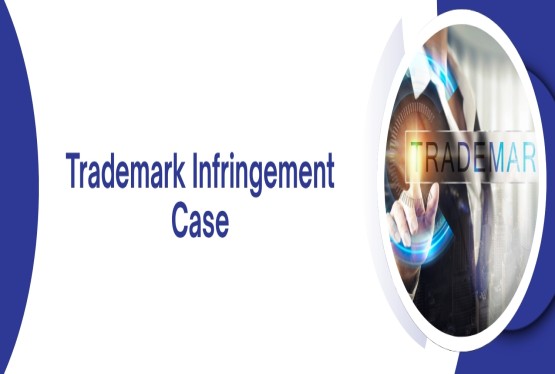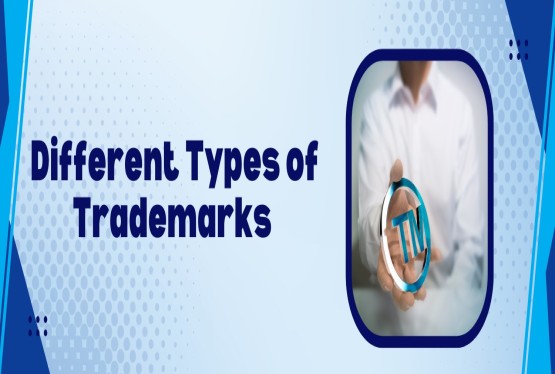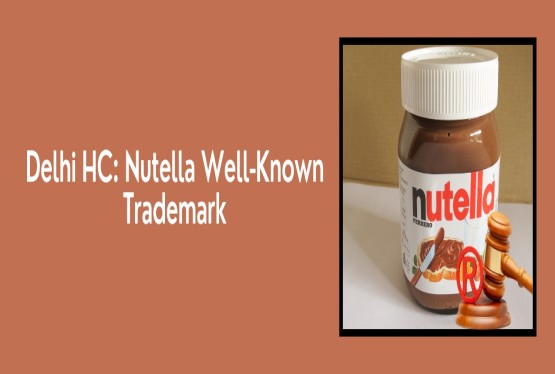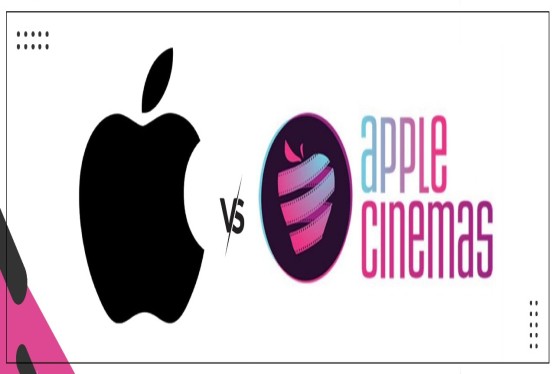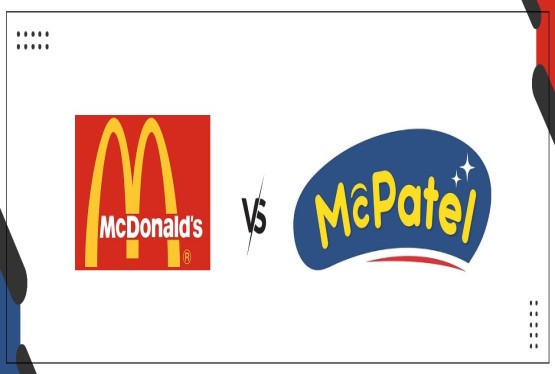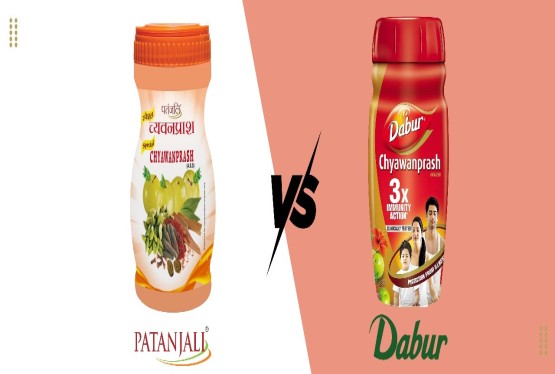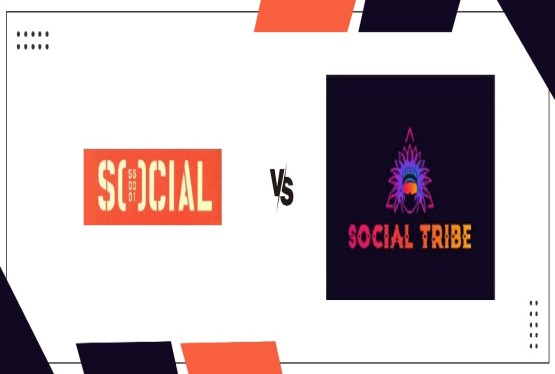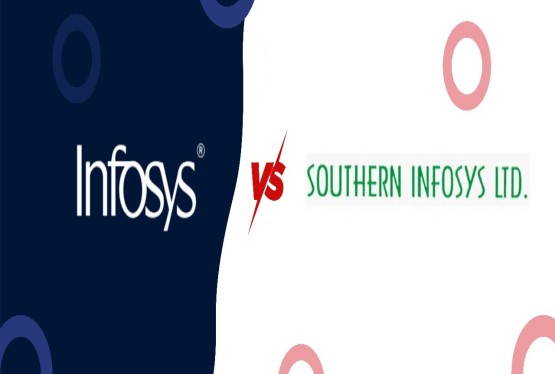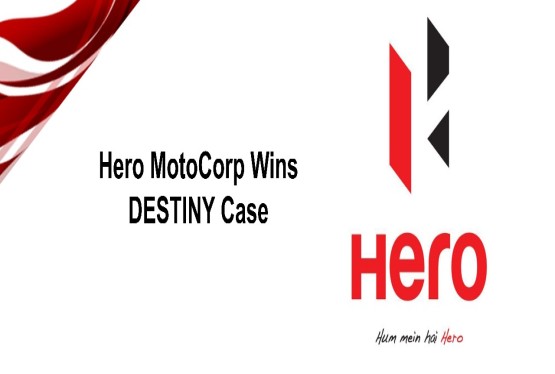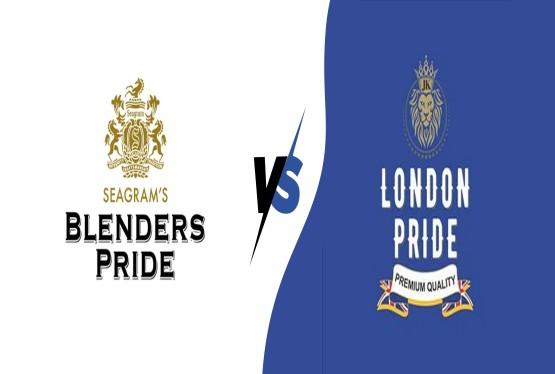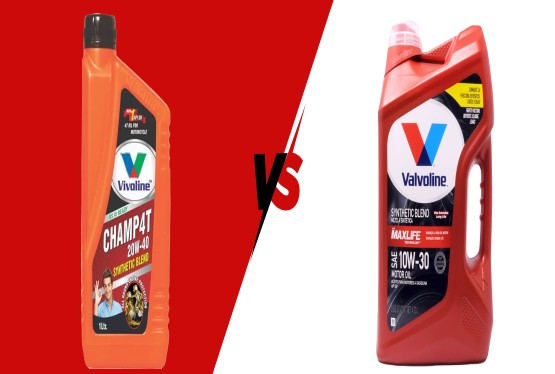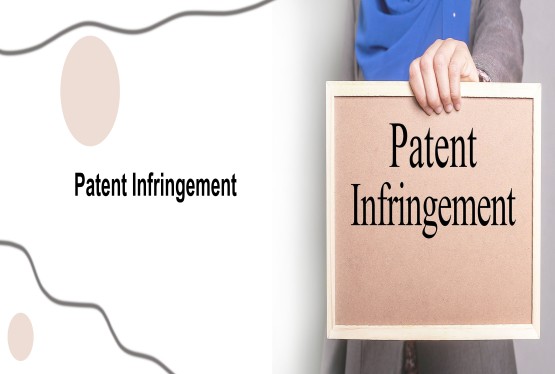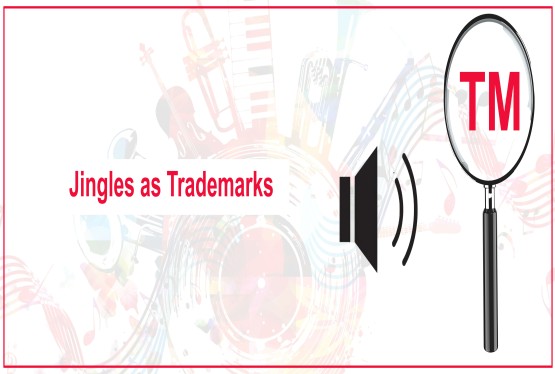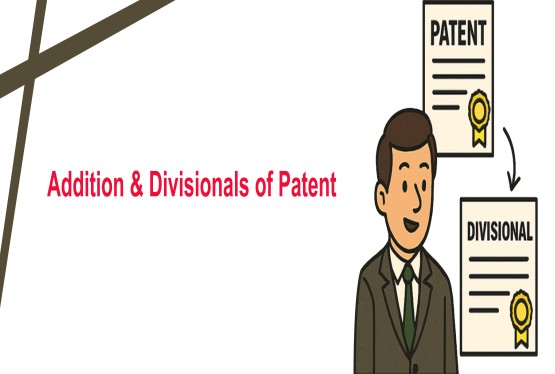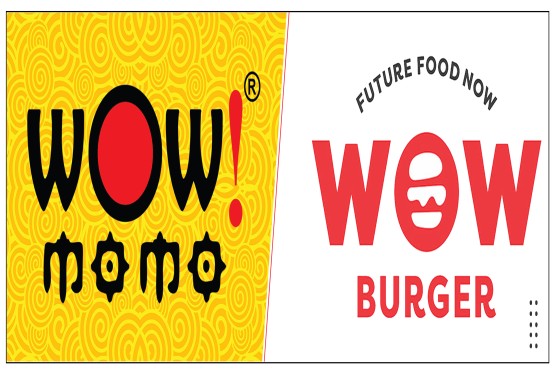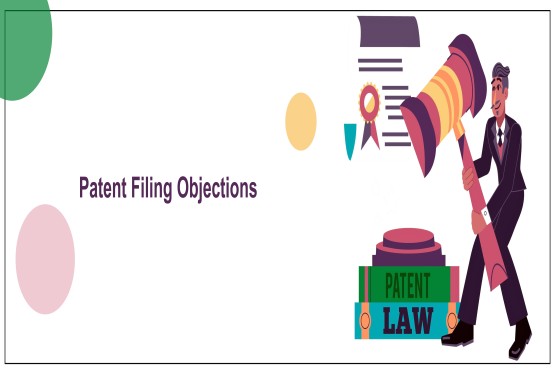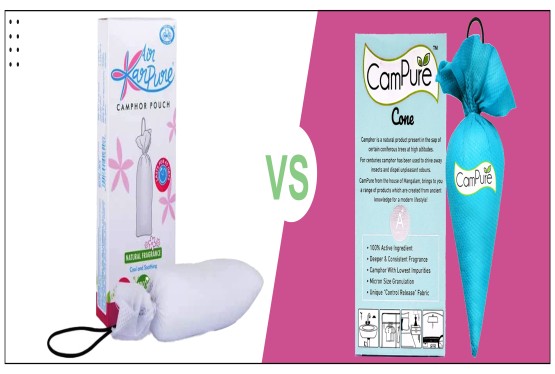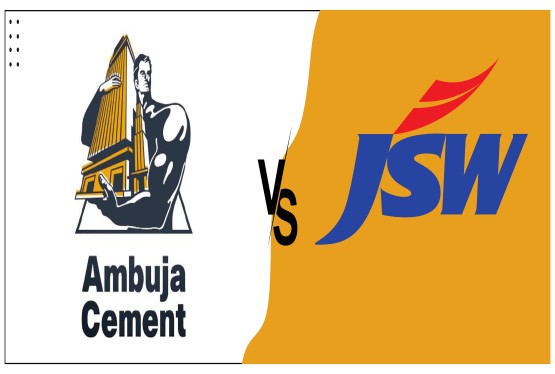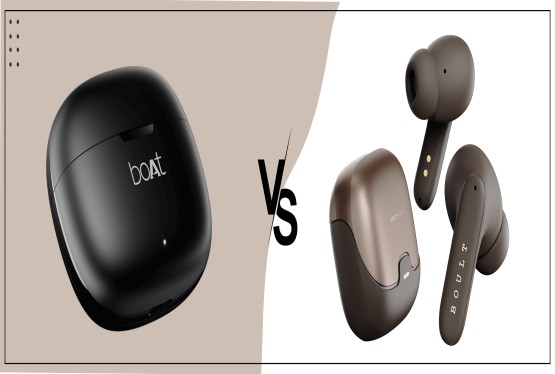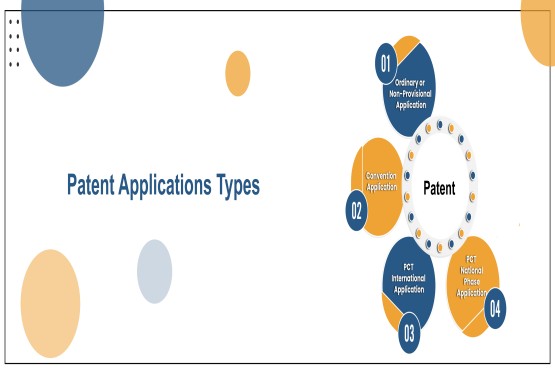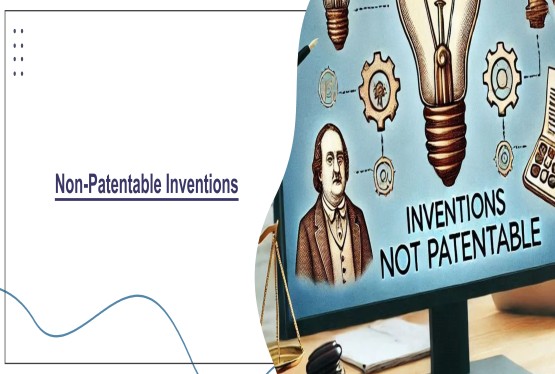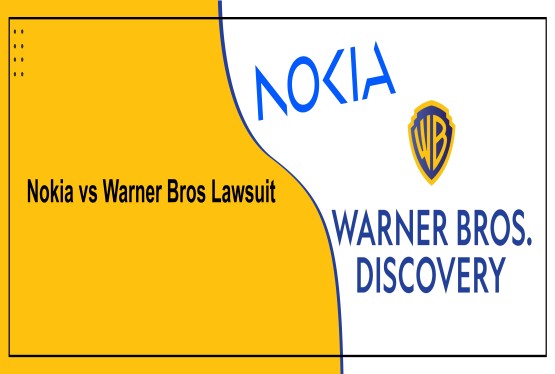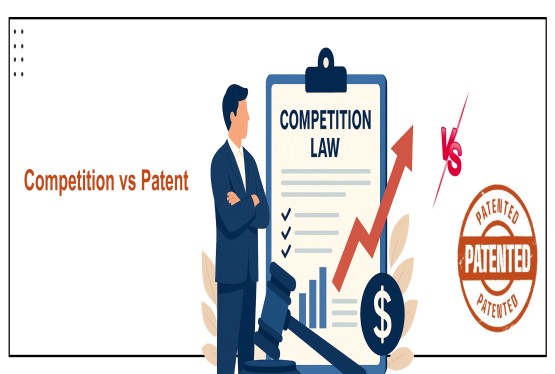One of the best and most tried-and-true strategies for grabbing potential customers' attention in a market is advertising. Comparative advertising, sometimes referred to as "comparison advertising," is a marketing strategy where a company highlights its similarities or differences with its rivals. The nature of comparative statements can vary; they might highlight the similarities or contrasts between the goods or services under comparison. Additionally, they could claim that the promoted product is "better than" or "as good as" the rivals.
Direct comparison advertising and indirect comparative advertising are the two types of comparative advertising. The name of the rival or the product being compared is indicated rather than stated explicitly in an indirect comparative advertisement. It suggests that their product is better than or comparable to those of major global brands. Dove's advertisement, for instance, demonstrates to consumers that its moisturizer is superior to that of its rivals. The bottle with spikes is a representation of Dove's rival in the market, even though the competitor's name is not stated explicitly.
Laws Pertaining to Comparative Advertising
As long as they adhere to the regulations, comparative ads are not regarded as unlawful in India. However, under the Trademarks Act of 1999, a marketer would be in violation if he used a competitor's trademark to compare his goods and services with those of his rival and disparaged them in the process.
The Trademarks Act of 19992 defines trademark infringement in advertising under Section 29(8). It declares that any advertisement that violates ethical standards or harms the trademark's reputation or distinctive attributes is an act that constitutes infringement. On the other hand, competitive advertising is exempt from acts that violate Section 29 of the Trademarks Act, 19993 due to Section 30 (1). According to this, it will be considered an honest practice and be allowed by law if the advertiser is only highlighting his claims about his own products or services without demeaning the products or services of the competitors that are featured in the advertisement.
Sincere Methods in Comparative Advertising- The impression that the commercial or advertisement leaves on the viewer determines whether or not the comparison advertisement is honest. Generally speaking, ethical business practices don't mislead clients, denigrate rivals' products or services, or cause uncertainty in the minds of customers.
Three methods are allowed for comparison advertising under Section 30(1) of the Trademarks Act, 19994:
a. Whether the trademark is being used legitimately;
b. Whether the advertisement adheres to ethical standards;
c. Whether it does not unjustly capitalize on the mark's reputation.
Therefore, just promoting one's own goods is acceptable in an honest business practice; nevertheless, if the marketing makes disparaging remarks about a competitor's product or service, it is prohibited since it contains a defamatory aspect.
Judicial Pronouncements
• In a recent ruling dated May 18, 2023, the Delhi High Court ruled in Dettol v. Santoor Handwash that simple puffery is not actionable in circumstances involving comparable advertising. An unfavorable comparison may be used to the degree that it has no bearing on the commercial's plot or message, but it remains to be seen if the overall effect of the commercial is to promote one's own product or denigrate the competing one. As a result, the contested advertising was not subject to an injunction.
• Shree Baidyanath Ayurved Bhawan8 v. Dabur India Limited: In this case, which concerned generic disparagement of a specific commodity, it was decided that disparagement could still occur even if the Plaintiff's product was not specifically mentioned and instead the entire class of Chayawanprash was mentioned in its generic sense. "The defendant is promoting in the advertisement that Chayawanprash should not be consumed during the summer months, and that the plaintiff's Chayawanprash should not be taken during the summer months as well, as it is not good for health, when instead Amritprash, the defendant's product, should be taken," the court said. Such a commercial is obviously derogatory to the product of the plaintiff since the aforementioned advertisement contains an element of innuendo. As a result, the court issued an injunction against the contested advertisement.
Conclusion: -
The Indian judicial system acknowledges that unfair trade practices may only be determined through scientific or technical evaluation of the accusations in the presence of false or misleading data. If the method is merely to demonstrate how much better or better one's product is without disparaging the product of the competition, it is not actionable. Courts have therefore adopted the stance that "publicity and advertisement of one's product with a view to boosting sales is a legitimate market strategy."
Given the facts above, it may be concluded that the courts have recognized some rules regarding the comparison of rival products, which brand owners are required to follow in either direct or indirect comparative advertising.






























_(b)_of_the_Trademark_Act,_1999_(1)_crop10_thumb.jpg)



_crop10_thumb.jpg)




























_crop10_thumb.jpg)
_crop10_thumb.jpg)






_crop10_thumb.jpg)








_crop10_thumb.jpg)



_crop10_thumb.jpg)





























_crop10_thumb.jpg)

















_crop10_thumb.jpg)






_crop10_thumb.jpg)











































































































































_crop10_thumb.jpg)




































_crop10_thumb.jpg)












_crop10_thumb.jpg)













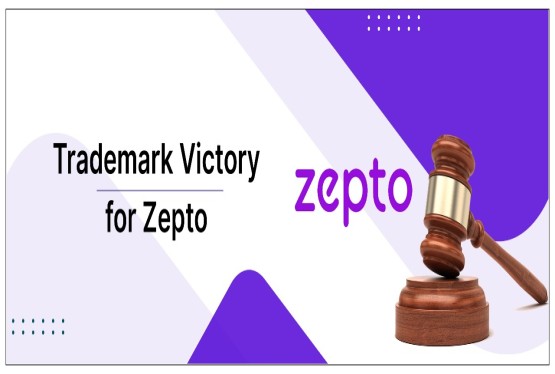




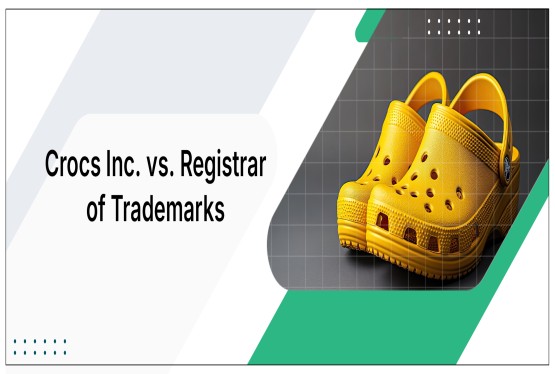















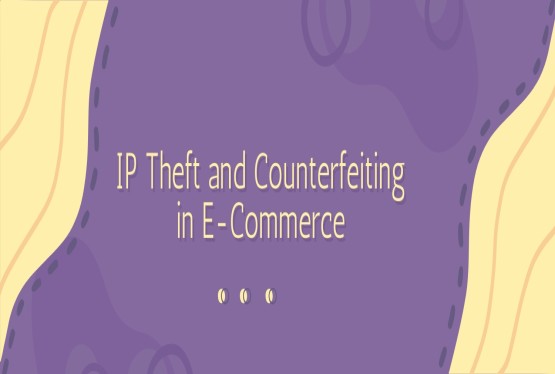












_crop10_thumb.jpg)






